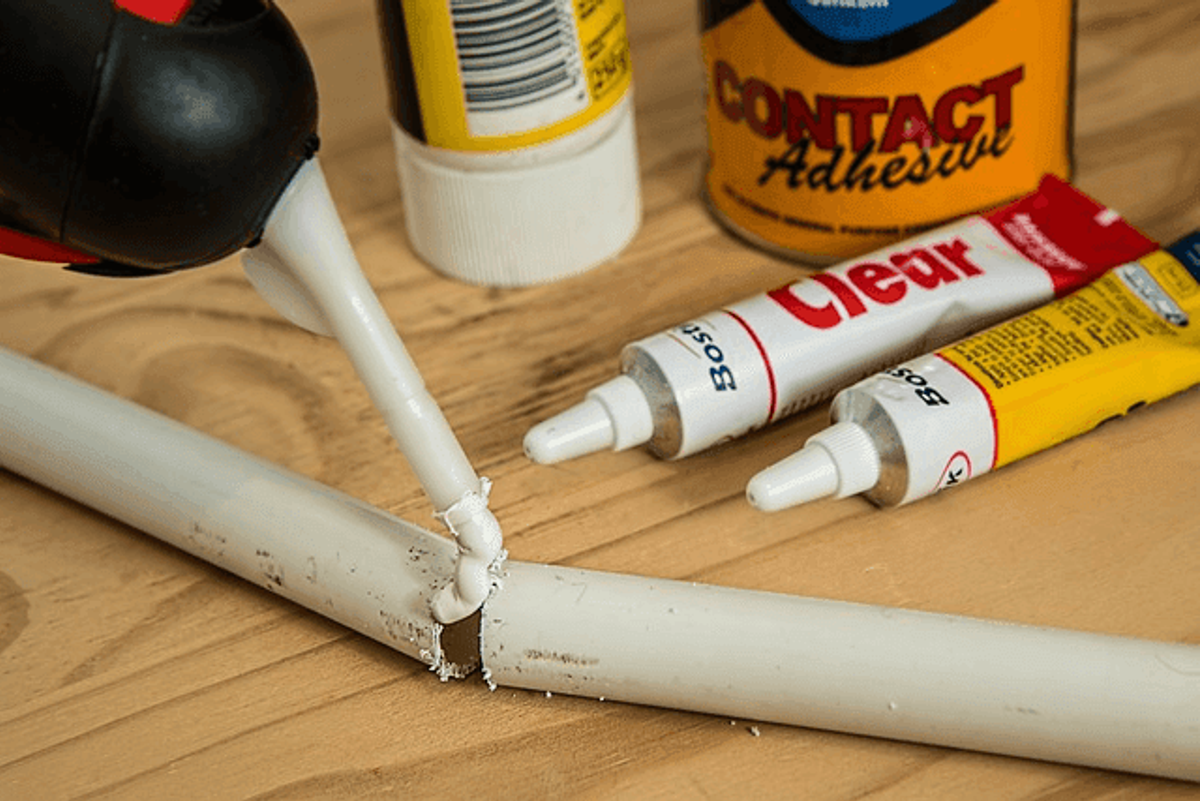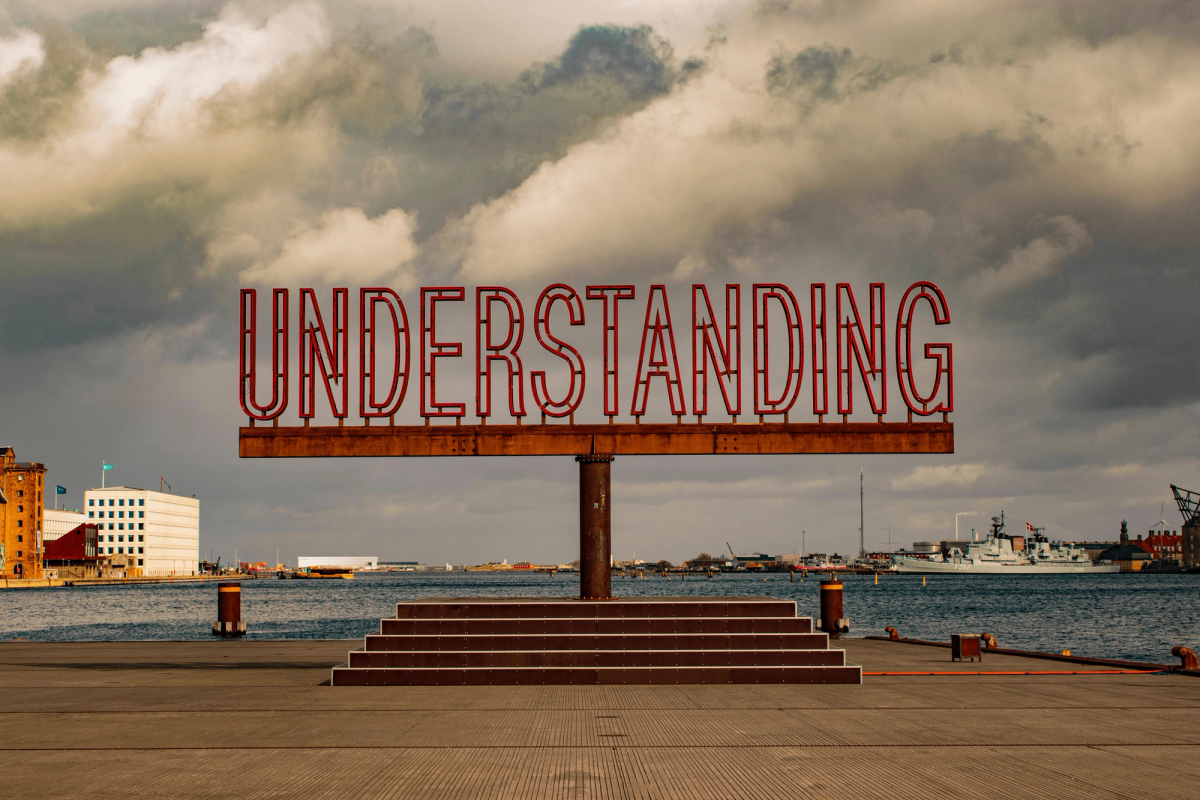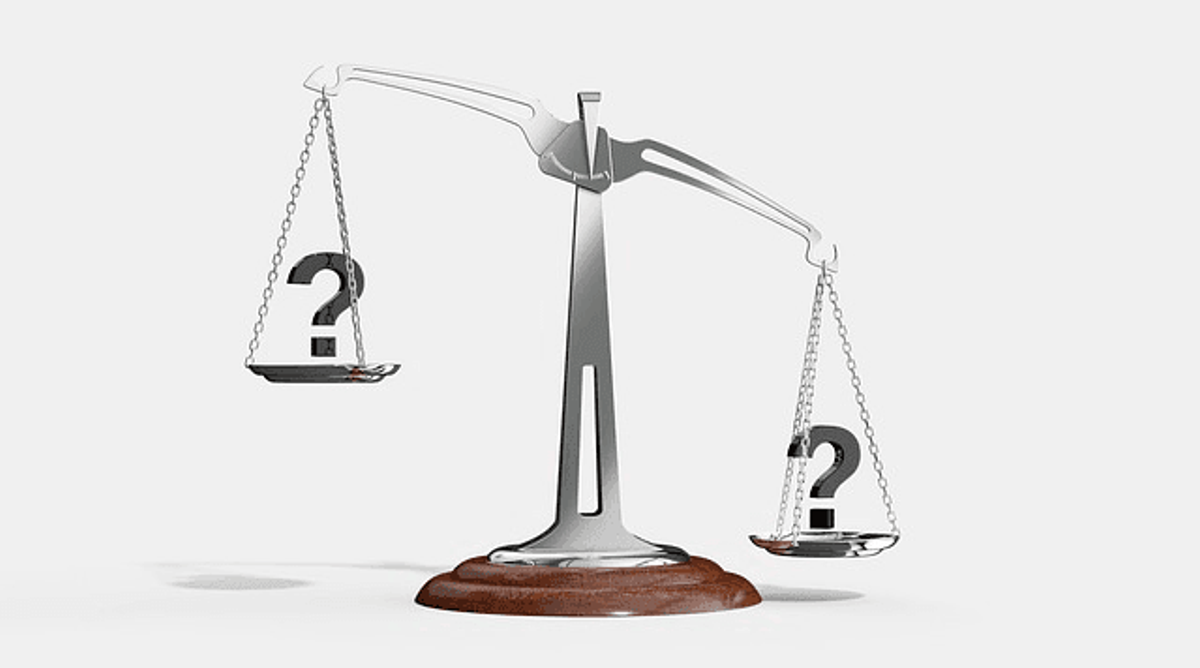What is Public Relations, and Why is PR Important in Today's Business World?

What Is Public Relations? PR Functions, Types, & Examples
Public relations (PR) is a strategic communication discipline aimed at managing the spread of information between an entity and its target audience, intending to influence opinion and behavior.
Quick Summary
Public relations (PR) is a crucial field focused on managing information and building relationships with stakeholders to shape public perception. It encompasses various functions, including media relations, internal communications, and crisis management. Effective PR fosters trust and credibility while navigating both positive and negative public scenarios. By implementing strategic communication, PR professionals enhance reputations, influence opinions, and support organizational goals, proving
What is public relations? It encompasses various functions, types, and examples that shape the public's perception and influence the perception and reputation of individuals, organizations, or brands.
Positive Public Relations

Positive public relations involves the proactive management of an entity's positive public image and reputation. It focuses on promoting positive narratives, showcasing achievements, and engaging with stakeholders that builds mutually beneficial relationships that build trust and credibility.
Ready to Grow Your Business?
Get a free consultation and custom strategy tailored to your goals.
By fostering positive relationships and communicating effectively through paid media, PR enhances the public view and supports long-term success.
Example of Positive PR
A notable example of positive PR is when a company implements sustainable business practices and communicates positive messages about its environmental initiatives to the public through media attention.
The company enhances its brand image and connects with environmentally conscious consumers by highlighting efforts to reduce carbon footprint, promote recycling, and support renewable energy sources.
Types of Public Relations

Public relations encompasses various types, each serving different purposes and target audiences. Some common types of PR include:
- Media Relations:Engaging with journalists, bloggers, and influencers to secure positive press and manage relationships with media outlets.
Media Relations: Engaging with journalists, bloggers, and influencers to secure positive press and manage relationships with media outlets.
- Internal Communications:Fostering effective organizational communication, keeping employees informed, motivated, and aligned with the company's goals.
Internal Communications: Fostering effective organizational communication, keeping employees informed, motivated, and aligned with the company's goals.
- Crisis Communication: Managing and minimizing the impact of crises by direct control and promptly addressing concerns, providing accurate information, and demonstrating transparency.
- Community Relations:Engaging with local communities, supporting charitable initiatives, and participating in community events to build positive relationships.
Community Relations: Engaging with local communities, supporting charitable initiatives, and participating in community events to build positive relationships.
Damage Control in PR (Negative Public Relations)

Hostile public relations, also known as damage control, involves managing and mitigating the impact of negative publicity or crises.
It requires swift action, pr tactics, transparency, and effective communication to regain trust and repair the brand's reputation as an individual or organization.
Understanding Public Relations and media relations (PR)

Understanding political science and public relations involves grasping the fundamental concepts, principles pr tactics, and public relations strategies that drive successful campaigns.
It requires knowledge of target audiences, effective communication techniques, the media landscape, and the ability to adapt to changing trends and technologies.
Example of Damage Control in PR
A prominent example of damage control in PR is when a company faces a product recall due to safety concerns.
In such cases, the company must act quickly, issue public statements addressing the issue, provide refunds or replacements, and implement measures to prevent similar incidents in the future.
The company can regain public trust by demonstrating accountability and taking decisive action.
Public Relations Examples
Public and investor relations examples vary across industries and objectives. Some public relations examples used include:
- Launching a new product: PR professionals generate buzz through coverage, press release, influencer partnerships, and strategic messaging to create awareness and interest.
- Corporate branding:PR campaigns aim to influence people's perceptions, make a brand identity, and support the core values and mission of the company.
Corporate branding: PR campaigns aim to influence people's perceptions, make a brand identity, and support the core values and mission of the company.
- Crisis management:PR professionals handle crises, provide timely and accurate information, and communicate effectively to protect reputation and minimize negative impact.
Crisis management: PR professionals handle crises, provide timely and accurate information, and communicate effectively to protect reputation and minimize negative impact.
The Importance of Public Relations
Public relations plays a crucial role in today's business world for several reasons:
- Reputation management:PR helps build and maintain a positive reputation, enhancing trust and credibility.
Reputation management: PR helps build and maintain a positive reputation, enhancing trust and credibility.
- Relationship building:PR fosters relationships with stakeholders, including customers, employees, investors, and communities, to ensure mutual understanding and support.
Relationship building: PR fosters relationships with stakeholders, including customers, employees, investors, and communities, to ensure mutual understanding and support.
- Influencing opinion:PR campaigns shape perception and behavior, creating a favorable environment for business success.
Influencing opinion: PR campaigns shape perception and behavior, creating a favorable environment for business success.
PR as an Important Marketing Strategy

Public relations is an essential component of a comprehensive marketing strategy.
The main objective of marketing is to advertise and sell products or services. a PR firm supports marketing efforts by establishing a positive brand image, managing reputation, and fostering meaningful, mutually beneficial relationships with target audiences.
What Is the Primary Role of Public Relations?
Public relations is crucial in managing communication and relationships between an organization and its stakeholders.
In a PR firm, professionals act as liaisons, ensuring effective communication, building trust, and influencing opinion.
They strategize, plan, and execute campaigns to have various news outlets and social media outlets promote positive narratives, address concerns, and protect the reputation of the entity they represent.
Public Relations in Practice - Strategic Communication Process
Public relations professionals use various tactics and techniques to achieve their objectives. These may include:
- Media:Developing relationships with journalists and media outlets, issuing press releases, organizing press conferences, and securing positive press.
Media: Developing relationships with journalists and media outlets, issuing press releases, organizing press conferences, and securing positive press.
- Content Creation:Creating captivating narratives, press releases, articles, blog posts, and social media content that captivate and inform readers while conveying crucial messages.
Content Creation: Creating captivating narratives, press releases, articles, blog posts, and social media content that captivate and inform readers while conveying crucial messages.
- Social Media Engagement:Leveraging social media platforms to connect with target audiences, share information, respond to inquiries, and manage online reputation.
Social Media Engagement: Leveraging social media platforms to connect with target audiences, share information, respond to inquiries, and manage online reputation.
- Event Planning:Organizing product launches, press briefings, conferences, and sponsorships to generate coverage and engage stakeholders.
Event Planning: Organizing product launches, press briefings, conferences, and sponsorships to generate coverage and engage stakeholders.
Promote Brand Values and Build Mutually Beneficial Relationships
Public relations professionals, acting as a trusted third party, play a crucial role in promoting a brand's image and values.
They craft messages, stories, press releases, and campaigns to target customers that align with the entity's core values and mission.
By consistently communicating these values to the public, these PR professionals work hard to establish an emotional bond between a brand and its intended audience. This relationship can result in mutual benefits of brand loyalty and advocacy.
Becoming a Successful PR Professional

As a PR professional, it is crucial to cultivate several vital relationships, skills, and qualities.
- Strong Communication Skills:PR professionals must possess excellent written and verbal communication skills to convey messages effectively, engage stakeholders, and build relationships.
Strong Communication Skills: PR professionals must possess excellent written and verbal communication skills to convey messages effectively, engage stakeholders, and build relationships.
- Relationship Building:Establishing and maintaining relationships with media professionals, influencers, and stakeholders is crucial for successful PR.
Ready to Grow Your Business?
Get a free consultation and custom strategy tailored to your goals.
Relationship Building: Establishing and maintaining relationships with media professionals, influencers, and stakeholders is crucial for successful PR.
- Creativity:PR professionals must think creatively to develop engaging campaigns, compelling content, and unique strategies to capture audience attention.
Creativity: PR professionals must think creatively to develop engaging campaigns, compelling content, and unique strategies to capture audience attention.
- Problem-Solving:Effective PR professionals are skilled problem solvers, capable of handling crises, addressing issues, and finding solutions to challenges.
Problem-Solving: Effective PR professionals are skilled problem solvers, capable of handling crises, addressing issues, and finding solutions to challenges.
Public Relations vs. Marketing
While public and community relations, traditional media, public and government relations, society and marketing share similar goals, they are distinct disciplines with different approaches:
- Focus: PR focuses on managing relationships, shaping perception, and building reputation while marketing primarily aims to promote products or services and generate sales.
- Communication Channels:PR utilizes various channels, including media, speaking engagements, community engagement, and social media, to disseminate messages and foster relationships. Marketing typically relies on advertising, promotions, and direct marketing.
Communication Channels: PR utilizes various channels, including media, speaking engagements, community engagement, and social media, to disseminate messages and foster relationships. Marketing typically relies on advertising, promotions, and direct marketing.
Public Relations vs. Advertising
Public relations, press releases, writing press releases, media requests, press releases, and advertising are complementary yet distinct functions within an organization's communication strategy:
- Message Control:In advertising, companies have complete control over the content and placement of their messages and paid announcements. In PR, while professionals can shape the news, they have less control over its final presentation or placement.
Message Control: In advertising, companies have complete control over the content and placement of their messages and paid announcements. In PR, while professionals can shape the news, they have less control over its final presentation or placement.
- Credibility:Public Relations (PR) can be more reliable as it relies on media coverage and third-party endorsements. Advertising unequivocally refers to a paid promotional message.
Credibility: Public Relations (PR) can be more reliable as it relies on media coverage and third-party endorsements. Advertising unequivocally refers to a paid promotional message.
Public Relations vs. Other Departments
PR intersects with various departments within an organization, including marketing, customer relations, communications, internal relations, financial reports, production relations, and human resources:
- Marketing: PR and marketing work together to create a cohesive communication strategy, with public relations strategy supporting marketing efforts by building brand reputation and influencing opinion.
- Communications:PR and communications often overlap, focusing on effective messaging, stakeholder engagement, and importance. However, PR's scope is broader, encompassing relationships with external stakeholders.
Communications: PR and communications often overlap, focusing on effective messaging, stakeholder engagement, and importance. However, PR's scope is broader, encompassing relationships with external stakeholders.
Why is PR Important?

PR is essential for several reasons:
- Reputation:PR helps shape and protect the reputation and public image of an individual, organization, or brand. A positive reputation can enhance trust, attract customers, and differentiate the entity from competitors.
Reputation: PR helps shape and protect the reputation and public image of an individual, organization, or brand. A positive reputation can enhance trust, attract customers, and differentiate the entity from competitors.
- Building Relationships:PR fosters relationships with stakeholders, including customers, employees, investors, and the media. Strong relationships lead to increased loyalty, support, and advocacy.
Building Relationships: PR fosters relationships with stakeholders, including customers, employees, investors, and the media. Strong relationships lead to increased loyalty, support, and advocacy.
- Influencing Public Opinion: PR professionals can shape public perception through strategic messaging, thought leadership, and engaging storytelling. This influence can positively impact public opinion and behavior.
- Crisis Management:When crises occur, PR professionals manage communication, minimize negative impact, and protect reputation. Effective management can help an entity recover faster and regain public trust.
Crisis Management: When crises occur, PR professionals manage communication, minimize negative impact, and protect reputation. Effective management can help an entity recover faster and regain public trust.
- Branding and Differentiation:PR agencies play a crucial role in building and maintaining a solid brand image and influencing public perception. By crafting compelling narratives, showcasing values, and engaging with the target audience, PR helps differentiate the entity from competitors.
Branding and Differentiation: PR agencies play a crucial role in building and maintaining a solid brand image and influencing public perception. By crafting compelling narratives, showcasing values, and engaging with the target audience, PR helps differentiate the entity from competitors.
- Maximizing Visibility:PR generates coverage and opportunities for exposure through strategic relations, press releases, writing stories, and thought leadership. This increased visibility can attract new customers, investors, and partnerships.
Maximizing Visibility: PR generates coverage and opportunities for exposure through strategic relations, press releases, writing stories, and thought leadership. This increased visibility can attract new customers, investors, and partnerships.
- Supporting Business Goals:PR aligns with business objectives by enhancing brand awareness, driving sales, and promoting positive perception. It contributes to overall business success and growth.
Supporting Business Goals: PR aligns with business objectives by enhancing brand awareness, driving sales, and promoting positive perception. It contributes to overall business success and growth.
Public Relations vs Marketing vs Advertising

While the PR agency, pr firms, marketing departments public relations, marketing refers and advertising share similarities, they have distinct roles:
- PR:Unlike advertisers, PR focuses on managing relationships, shaping public perception, and building reputation through earned press and stakeholder engagement.
PR: Unlike advertisers, PR focuses on managing relationships, shaping public perception, and building reputation through earned press and stakeholder engagement.
- Marketing:Primarily focuses on promoting products or services, generating sales, and utilizing paid advertising and promotional activities.
Marketing: Primarily focuses on promoting products or services, generating sales, and utilizing paid advertising and promotional activities.
- Advertising:Involves paid messages and paid methods delivered through various channels to promote products, services, or brands.
Advertising: Involves paid messages and paid methods delivered through various channels to promote products, services, or brands.
What Skills Do You Need for PR?

To succeed in public relations, it is essential to possess the following skills:
- Excellent Communication:Strong verbal and written communication skills are necessary to convey messages, build relationships, and engage stakeholders effectively.
Excellent Communication: Strong verbal and written communication skills are necessary to convey messages, build relationships, and engage stakeholders effectively.
Ready to Grow Your Business?
Get a free consultation and custom strategy tailored to your goals.
- Relationship Building:People who work in PR must possess the ability to establish and nurture relationships with media professionals, influencers, and stakeholders.
Relationship Building: People who work in PR must possess the ability to establish and nurture relationships with media professionals, influencers, and stakeholders.
- Creativity:Creativity allows PR teams to develop unique campaigns, compelling content, and innovative strategies to capture audience attention.
Creativity: Creativity allows PR teams to develop unique campaigns, compelling content, and innovative strategies to capture audience attention.
- Problem-Solving:PR professionals must handle crises, address issues, and find solutions.
Problem-Solving: PR professionals must handle crises, address issues, and find solutions.
Public Relations vs. Communications
While PR and communications share similarities with other forms, they have distinct focuses:
- PR:Focuses on managing relationships, shaping public perception, and building reputation through various tactics such as media relations and stakeholder engagement.
PR: Focuses on managing relationships, shaping public perception, and building reputation through various tactics such as media relations and stakeholder engagement.
- Communications:Encompasses broader communication strategies within an organization, including internal communications, crisis communication, and overall messaging.
Communications: Encompasses broader communication strategies within an organization, including internal communications, crisis communication, and overall messaging.
Positive PR
Positive PR involves proactive reputation management, strategic communication with government agencies, market research, public relations specialists, and relationship building to create an entity's positive image and perception.
It focuses on a positive light, showcasing achievements, promoting core values, and engaging stakeholders to build trust and credibility.
Negative PR

Negative PR, also known as damage control, involves managing and mitigating the impact of negative publicity or crises.
It requires a quick and effective strategic communication process, transparency, and proactive steps to address issues, protect reputation, and regain public trust.
Public Relations Career Paths

A career in public relations offers various paths and opportunities for growth. Some common career paths include:
- PR Specialist/Coordinator:Entry-level roles involve supporting PR campaigns, media relations, content creation, and stakeholder engagement.
PR Specialist/Coordinator: Entry-level roles involve supporting PR campaigns, media relations, content creation, and stakeholder engagement.
- PR Manager:Responsible for planning and implementing PR strategies, managing media relationships, overseeing campaigns, and guiding communication efforts.
PR Manager: Responsible for planning and implementing PR strategies, managing media relationships, overseeing campaigns, and guiding communication efforts.
- PR Director:In charge of the overall PR strategy, managing teams, building and maintaining relationships with key stakeholders, and providing strategic direction.
PR Director: In charge of the overall PR strategy, managing teams, building and maintaining relationships with key stakeholders, and providing strategic direction.
- Corporate Communications Manager:Focused on managing internal and external communications, including employee communications, crisis management, and executive messaging.
Corporate Communications Manager: Focused on managing internal and external communications, including employee communications, crisis management, and executive messaging.
- Public Relations Consultant:Freelance or independent consultants who work with multiple clients, providing PR expertise, strategy, and implementation.
Public Relations Consultant: Freelance or independent consultants who work with multiple clients, providing PR expertise, strategy, and implementation.
- Public Affairs Specialist:Managing communication between organizations and government entities, influencing public policy, and addressing regulatory issues.
Public Affairs Specialist: Managing communication between organizations and government entities, influencing public policy, and addressing regulatory issues.
- Non-Profit PR:Involves working in PR for non-profit organizations, managing relationships with donors, volunteers, and the media to promote the organization's mission and initiatives.
Non-Profit PR: Involves working in PR for non-profit organizations, managing relationships with donors, volunteers, and the media to promote the organization's mission and initiatives.
What is the salary for public relations specialist?

The salary for public relations specialists can vary based on many factors, including experience, location, industry, and the size of the company they work for.
As with many professions, the more experience one gains, the higher their earning potential.
Entry-level PR specialists can expect to earn a competitive salary, which typically ranges from around $40,000 to $50,000 per year.
However, as PR professionals gain expertise and climb the career ladder, their salaries can reach the mid to high five-figure range and beyond.
A PR specialist's location is an essential factor in determining their salary. Major metropolitan areas and cities with a high cost of living tend to offer higher wages than smaller towns or rural areas.
The industry in which a PR specialist works can also influence their salary. PR experts and professionals in sectors such as technology, finance, and healthcare, where the stakes are high, and the need for skilled communicators is paramount, can often earn higher salaries than those in other industries.
Conclusion

Public relations is crucial in shaping public perception, managing reputation, and fostering positive relationships between entities and stakeholders.
By employing effective communication strategies, using political campaigns, using investor events, engaging in relationship-building efforts, and managing crises, PR teams contribute to an entity or company's success in today's business world.
When evaluating the worth of a PR department or firm, it's crucial to maintain a well-rounded perspective. Whether through positive PR campaigns, damage control exercises, or aligning with marketing and other communication disciplines, they play a pivotal role in maintaining a positive image for a company.
With the right skills, knowledge, and strategic approach, PR agencies can navigate the ever-evolving landscape and significantly impact the business world.
In the fast-paced digital era, public relations is vital, shaping perception and guiding entities through the media landscape. PR professionals act as trusted advisers, embracing ethics and transparency to foster public trust. By leveraging technology and social media, PR teams establish meaningful connections, driving client success in the ever-changing business world.
If you are searching for a Digital PR Agency to fulfill your public relations needs, consider partnering with a leading firm in the industry.
Ready to Grow Your Business?
Get a free consultation and custom strategy tailored to your goals.